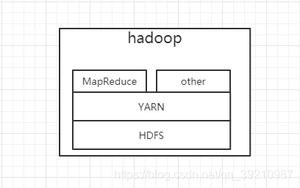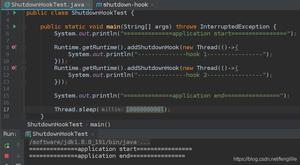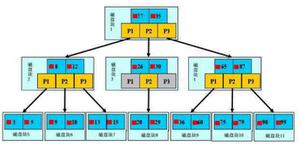在 Python 中使用 2d 系数数组评估 x、y 和 z 的笛卡尔积上的 3-D Hermite 系列
要在 x、y 和 z 的笛卡尔积上评估 3-D Hermite 系列,请使用d(x, y, z, c)Python 中的 hermite.hermgrid3 方法。该方法返回二维多项式在 x、y 和 z 的笛卡尔积中的点处的值。
参数是 x、y、z。三维序列在 x、y 和 z 的笛卡尔积中的点进行评估。如果 x、`y` 或 z 是列表或元组,则首先将其转换为 ndarray,否则保持不变,如果不是 ndarray,则将其视为标量。
参数 c 是一个已排序的系数数组,以便 i,j 次项的系数包含在 c[i,j] 中。如果 c 的维度大于两个,则其余索引会枚举多组系数。如果 c 的维度少于三个,则将隐式附加到其形状以使其成为 3-D。结果的形状将是 c.shape[3:] + x.shape+ y.shape+ z.shape。
脚步
首先,导入所需的库 -
import numpy as npfromnumpy.polynomialimport hermite as H
创建一个二维系数数组 -
c = np.arange(4).reshape(2,2)
显示数组 -
print("Our Array...\n",c)检查尺寸 -
print("\nDimensions of our Array...\n",c.ndim)获取数据类型 -
print("\nDatatype of our Array object...\n",c.dtype)获得形状 -
print("\nShape of our Array object...\n",c.shape)要在 x、y 和 z 的笛卡尔积上评估 3-D Hermite 系列,请使用d(x, y, z, c)Python 中的 hermite.hermgrid3 方法 -
print("\nResult...\n",H.hermgrid3d([1,2],[1,2],[1,2],c))示例
import numpy as np输出结果fromnumpy.polynomialimport hermite as H
#创建一个二维系数数组
c = np.arange(4).reshape(2,2)
#显示数组
print("Our Array...\n",c)
#检查尺寸
print("\nDimensions of our Array...\n",c.ndim)
#获取数据类型
print("\nDatatype of our Array object...\n",c.dtype)
#获取形状
print("\nShape of our Array object...\n",c.shape)
#要在 x、y 和 z 的笛卡尔积上评估 3-D Hermite 系列,请使用 Python 中的 hermite.hermgrid3d(x, y, z, c) 方法
print("\nResult...\n",H.hermgrid3d([1,2],[1,2],[1,2],c))
Our Array...[[0 1]
[2 3]]
Dimensions of our Array...
2
Datatype of our Array object...
int64
Shape of our Array object...
(2, 2)
Result...
[[ 86. 154.]
[152. 272.]]
以上是 在 Python 中使用 2d 系数数组评估 x、y 和 z 的笛卡尔积上的 3-D Hermite 系列 的全部内容, 来源链接: utcz.com/z/297208.html








